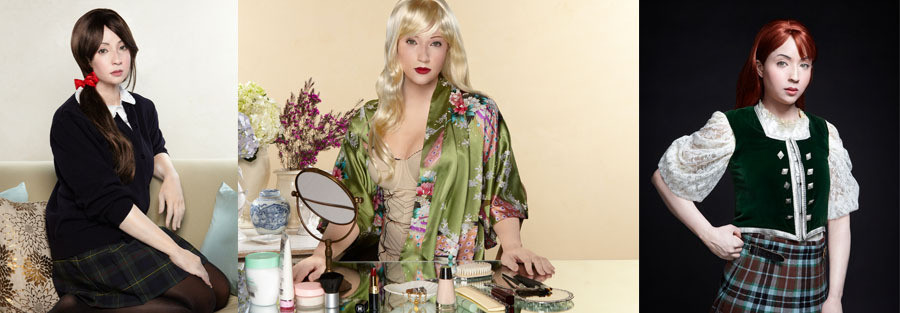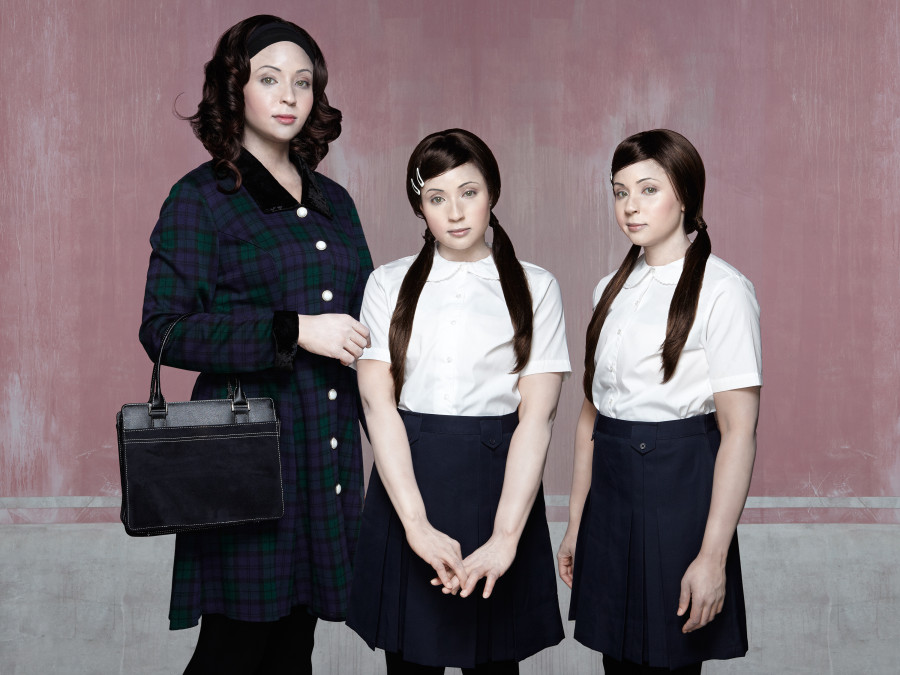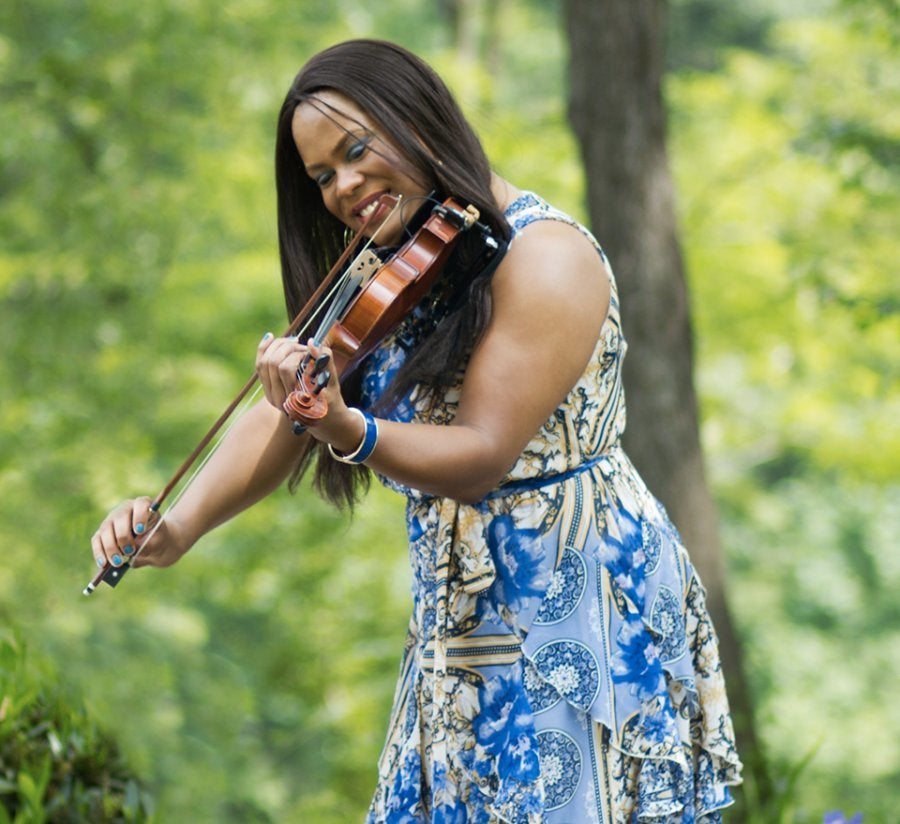
"I grew up in a North American society where up until very recently there were very specific categories for where one is placed in terms of their race and heritage," artist Stacey Tyrell explained to The Huffington Post. "The binaries that this creates, in particular that of black and white, do not create any space for the nuanced relationship that lies between them."
For Tyrell, the child of immigrant parents from the island of Nevis in the West Indies, her ethnic identity was often more complex than those of her peers.
From her youth and continuing into adulthood, the Caribbean-Canadian artist identified as a black woman. However, she simultaneously recognizes the parts of her heritage tied to ancestors in England, Scotland and Ireland. The descendants of West African slaves, Tyrell's family was forced to work in plantations and often coerced into sexual relationships that resulted in a European lineage.

"I’ve always felt slightly conflicted about not really being able to openly discuss this except mainly amongst my family," she noted. "Over the years I have found that a lot of people (often white) get very uncomfortable at the mention of such a connection because they half expect me to launch into a diatribe about colonialism and slavery when all I really seek is an inclusive conversation about the fact that all of us are more related than we think."
To more deeply explore the branches of her family tree, Tyrell embarked upon "Backra Bluid," a photography project meant to dismantle fixed perceptions of race and family origin. In the images, Tyrell undergoes a physical transformation, dressing up and posing as past and present relatives.
"The process normally takes about an hour," Tyrell recounted. "I do almost all of the makeup myself. I have a studio assistant whom I trust very much that helps me to reach the spots that I cannot reach myself and does touch-ups once I’m in costume. I do as much as possible in camera because part at what I am getting at with the series is the fact that by merely changing my skin color it brings to the surface the markers of other races that are genetically present. I do very minor changes to my face in Photoshop that are mainly tweaks to my nose and lips."
"While I’m applying the makeup there is always a moment towards the end of the process where I am confronted with a white stranger staring back at me," she added. "It can be quite disconcerting because even though I know that it’s me in there I subconsciously begin to place myself under a different gaze."

Resulting in polished yet eerily unnatural portraits, Tyrell, in many wigs, ensembles and guises, stares straight at the viewer, as if challenging them to undermine the complexity of her identity. Like a socially conscious Cindy Sherman, Tyrell's images collapse disparate eras and destinations to capture the tangled connections that form each of our individual identities.
"I want to show that all of us are more inter-twined than we realize and that there is more to the physical appearance of a person than meets the eye," she said.
Tyrell is not the only artist to employ art as a means of illuminating the nebulous realm of multiracial identity. Samantha Wall's stunningly drawn portraiture series presents a different approach to communicating what often goes unsaid, or cannot be put into words, when it comes to one's perceived and projected identity.
By placing herself in the role of her white ancestors, Tyrell destabilizes the entire method of categorization, revealing how arbitrary racial classification is in the first place.
"The characters in my images are a way of trying to subvert and maybe even co-opt the white mainstream gaze that I feel that myself and every other non-white person is constantly under," she concluded. "Too often the term 'black' is used to describe millions of people worldwide without consideration that within that category there is a rich tapestry of thousands of cultures, identities and genetic makeups that are interconnected with other races. I really wish to contribute to a greater discourse that I feel needs to open up surrounding the very loaded notion of racial identity."
